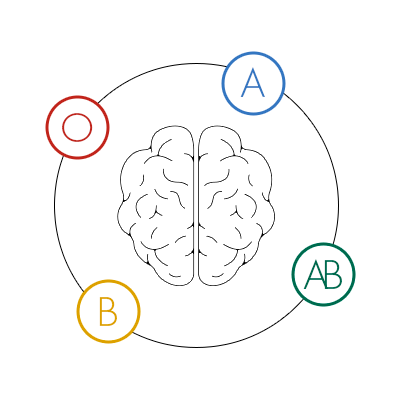May 2001
Blanca Espinosa, MS, Roberto Zenteno, PhD, Raúl Mena, MD, PhD, Yves Robitaille, MD, Edgar Zenteno, MD, PhD, Jorge Guevara, PhD
Abstract
Reactive plasticity, including axonal and dendritic sprouting and reactive synaptogenesis, has been proposed to contribute to the pathogenesis of several neurological disorders. This work was aimed at identifying the possible role of protein glycosylation in the brain from patients with Alzheimer disease (AD), using lectin histochemistry, as determinants of reactive plasticity.
Results indicate an increase in the production of cryptic O-glycosidically linked proteins (NeuAcα2,6 Galß1,3GalNAcα1,0 Ser/Thr or sialyl-T-antigen) in neuritic sprouting in AD brains as determined by positive labeling with Amaranthus leucocarpus (ALL, T-antigen-specific) and Macrobrachium rosenbergii (MRL, specific for NeuAc5,9Ac2) lectins. Immunohistochemistry indicated that lectin staining was specific for the synaptic sprouting process (meganeurites) in AD.
These results were confirmed using anti-synaptophysin and anti-GAP 43 antibodies, which recognized meganeurites and dystrophic neurites around amyloid-ß deposits. In normal control brains, labeling with the aforementioned lectins was restricted to microvessels.
Control experiments with neuraminidase-treated brain samples revealed positivity to the lectin from Arachis hypogaea (PNA), which is specific for galactose. Our results suggest specific O-glycosylation patterns of proteins closely related to neuronal plasticity in AD.









